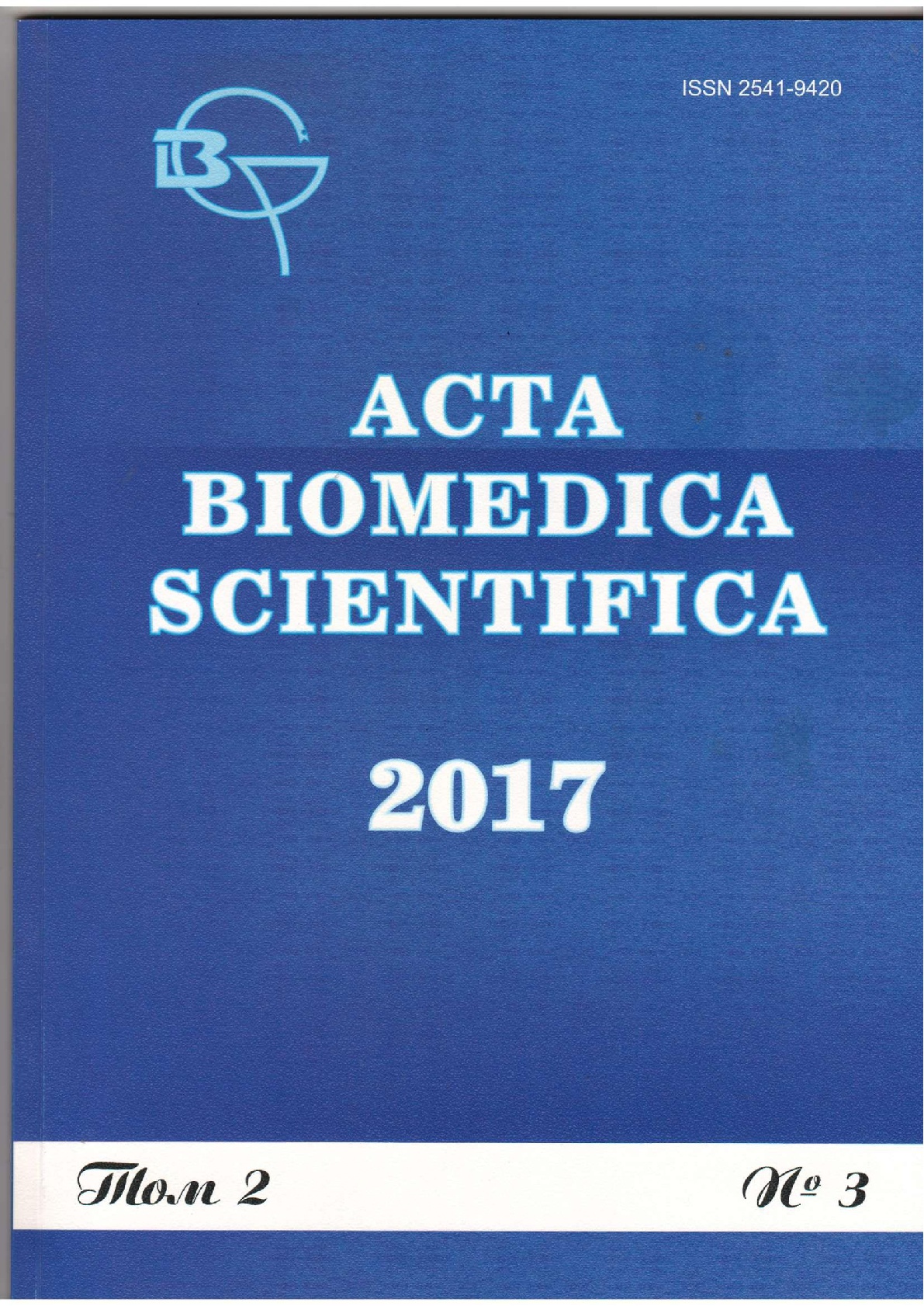The article deals with the financial and economic problems of access to health care for the citizens of Russia. It analyzes basic methodological approaches as well as the corresponding official statistics and sociological research on the state of the country’s health system, which, according to author’s opinion, can describe the situation with the accessibility of health care. It is shown that underfunding of health care from public sources and the associated expansion of private finances, can signal problems with access for Russian citizens. Especially if the overall socio-economic situation in the country is taken into account, namely the federal state policy of shifting health expenditures to regional level under the conditions of high regional social and economic differentiation and high income inequality. Thus, the development of fiscal policy within the budget federalism in Russia should take into account its implications for people’s access to health.
access to health care, health care system in Russia, health financing, budget policy, fee for service, health inequality
1. GrigorievaNS, ChubarovaTV (2013). Modern health care: policy, economy, management [Sovremennoe zdravookhranenie: politika, ekonomika, upravlenie], 344.
2. KalashnikovKN, KalachikovaON (2014). Access and quality of medical care in the context of health care modernization [Dostupnost’ i kachestvo meditsinskoy pomoshchi v kontekste modernizatsii zdravookhraneniya] Ekonomicheskie i sotsial’nye peremeny: fakty, tendentsii, prognoz, 2(32), 130-142.
3. KolesnikovSI (2010). Pressure points in medicine [Bolevye tochki meditsiny]. Sotsial’noe partnerstvo, (2), 34-38.
4. KulkovaVY (2014). State expenditures on health care in OECD and in Russia: potential and methodology of comparative analysis [Gosudarstvennye raskhody na zdravookhranenie v OESR i Rossii: potentsial i metodika sravnitel’nogo analiza]. Finansovyy zhurnal, 3(21), 35-46
5. Federal Service of State Statistics (2015). Health care in Russia [Zdravookhranenie v Rossii. Statisticheskiy sbornik], 174.
6. Federal Service of State Statistics (2015). Results of the comprehensive analysis of population living conditions in 2011 and 2014. [Itogi kompleksnogo nablyudeniya usloviy zhizni naseleniya v 2011 i 2014 gg.]. Available at: http://www.gks.ru/free_doc/new_site/inspection/itog_inspect1.htm.
7. Federal Service of State Statistics (2015). Social status and living standards of Russian population [Sotsial’noe polozhenie i uroven’ zhizni naseleniya Rossii. Statistich-eskiy sbornik], 311.
8. Public Opinion Fund (2015). Dominants. Field of opinions [Dominanty. Pole mneniy]. Sotsiologicheskiy byulleten’. Zdravookhranenie. Opros. Available at: http://www.fom.ru.
9. ChubarovaTV (2008). Health economics. Theoretical issues [Ekonomika zdravookhraneniya. Teoreticheskie aspekty], 68.
10. SavedoffW (2003). How much should countries spend on health? Discussion Paper N2-2003. World Health organization, 11
11. World Bank (1993). World Development Report. Investing in Health





